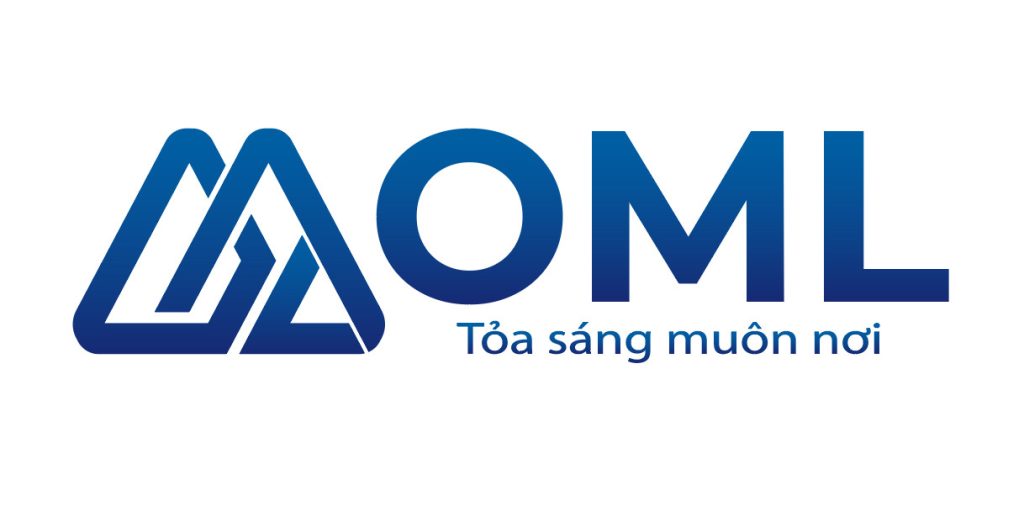Chưa được phân loại
Lucky Mega Wheel’s Graphics Engine: A Technical Analysis
Introduction
The Lucky Mega Wheel is a popular online slot machine game that has captured the attention of gamblers worldwide with its stunning graphics and exciting gameplay. Developed by a renowned gaming software provider, the Lucky Mega Wheel boasts an impressive array of features that set it apart from other slots in the market. https://luckymegawheelgame.com/ In this technical analysis, we will delve into the inner workings of the Lucky Mega Wheel’s graphics engine, exploring the technologies and techniques used to create its breathtaking visuals.
The Graphics Engine: A Crucial Component
At the heart of any online slot machine game lies a robust graphics engine, responsible for rendering the game’s artwork in real-time. The graphics engine is essentially a software component that processes and displays 2D or 3D graphics on screen, often using various techniques to achieve realistic lighting, textures, and animations. In the case of the Lucky Mega Wheel, the graphics engine is powered by a cutting-edge technology called Unity, a popular game development platform widely used in the industry.
Unity: The Power Behind the Graphics Engine
Unity is a cross-platform game engine that provides developers with a comprehensive set of tools for building 2D and 3D games. Its flexibility and scalability make it an ideal choice for creating online slot machines like the Lucky Mega Wheel. Unity’s graphics engine is capable of rendering complex scenes in real-time, leveraging advanced techniques such as physics-based rendering, dynamic lighting, and particle systems.
Graphics Rendering Pipelines
A graphics pipeline is a series of steps that transform 2D or 3D models into on-screen images. The Lucky Mega Wheel’s graphics engine employs a multi-stage rendering pipeline to generate its stunning visuals. This pipeline consists of several key components:
- Vertex Processing : This stage processes geometric data from the model, transforming it into a format suitable for rendering.
- Fragment Shading : In this stage, the graphics engine calculates color and texture values for each pixel on screen, using complex mathematical equations to achieve realistic lighting effects.
- Screen Space Effects : The graphics engine applies various post-processing effects such as bloom, depth of field, and motion blur to enhance the visual appeal.
Lighting: A Crucial Element in Graphics Rendering
Lighting is a critical aspect of any 3D graphics rendering pipeline, responsible for creating realistic shading and atmosphere within a scene. The Lucky Mega Wheel’s graphics engine uses advanced lighting techniques such as:
- Physically-Based Rendering (PBR) : This method simulates real-world materials and their interactions with light, resulting in highly detailed and realistic textures.
- Real-Time Global Illumination : The game engine uses a sophisticated algorithm to compute global illumination effects on the fly, creating an immersive atmosphere within the game world.
Particle Systems: Adding Visual Depth
Particle systems are used extensively in the Lucky Mega Wheel’s graphics engine to create complex visual effects such as fire, water, and smoke. These particles are simulated using advanced physics algorithms, allowing them to interact with the environment and other objects in a realistic manner.
Texturing and Materials
The game’s visuals rely heavily on high-quality textures and materials, which add depth and realism to the graphics. The Lucky Mega Wheel’s graphics engine uses various techniques such as:
- Normal Mapping : This method simulates detailed surface details, adding realism to otherwise flat surfaces.
- Texture Atlasing : Multiple textures are combined into a single image, reducing memory usage and improving performance.
Conclusion
The Lucky Mega Wheel’s graphics engine is a testament to the power of modern game development technology. By leveraging cutting-edge tools such as Unity, advanced lighting techniques, particle systems, and texture mapping, the game achieves breathtaking visuals that captivate players worldwide. This technical analysis has provided an in-depth look at the inner workings of the Lucky Mega Wheel’s graphics engine, shedding light on the complex technologies used to create its stunning artwork.
Technical Specifications
The following are some key technical specifications for the Lucky Mega Wheel’s graphics engine:
- Rendering Engine : Unity
- Graphics Pipeline : Multi-stage pipeline with vertex processing, fragment shading, and screen space effects
- Lighting Techniques : Physically-Based Rendering (PBR) and Real-Time Global Illumination
- Particle Systems : Advanced physics-based simulations for complex visual effects
- Texturing and Materials : Normal Mapping and Texture Atlasing
Future Developments
As the gaming industry continues to evolve, we can expect even more advanced technologies to be integrated into the Lucky Mega Wheel’s graphics engine. Some potential areas of development include:
- Cloud Rendering : Cloud-based rendering services could provide an extra layer of scalability and flexibility for the game’s graphics.
- Artificial Intelligence (AI) : Integration of AI algorithms could enhance the game’s visual effects, generating more realistic environments and characters.
The Lucky Mega Wheel’s graphics engine is a shining example of what can be achieved with modern game development technology. As we move forward into an era of even greater innovation and creativity, it will be exciting to see how this technology continues to evolve and shape the world of online gaming.
